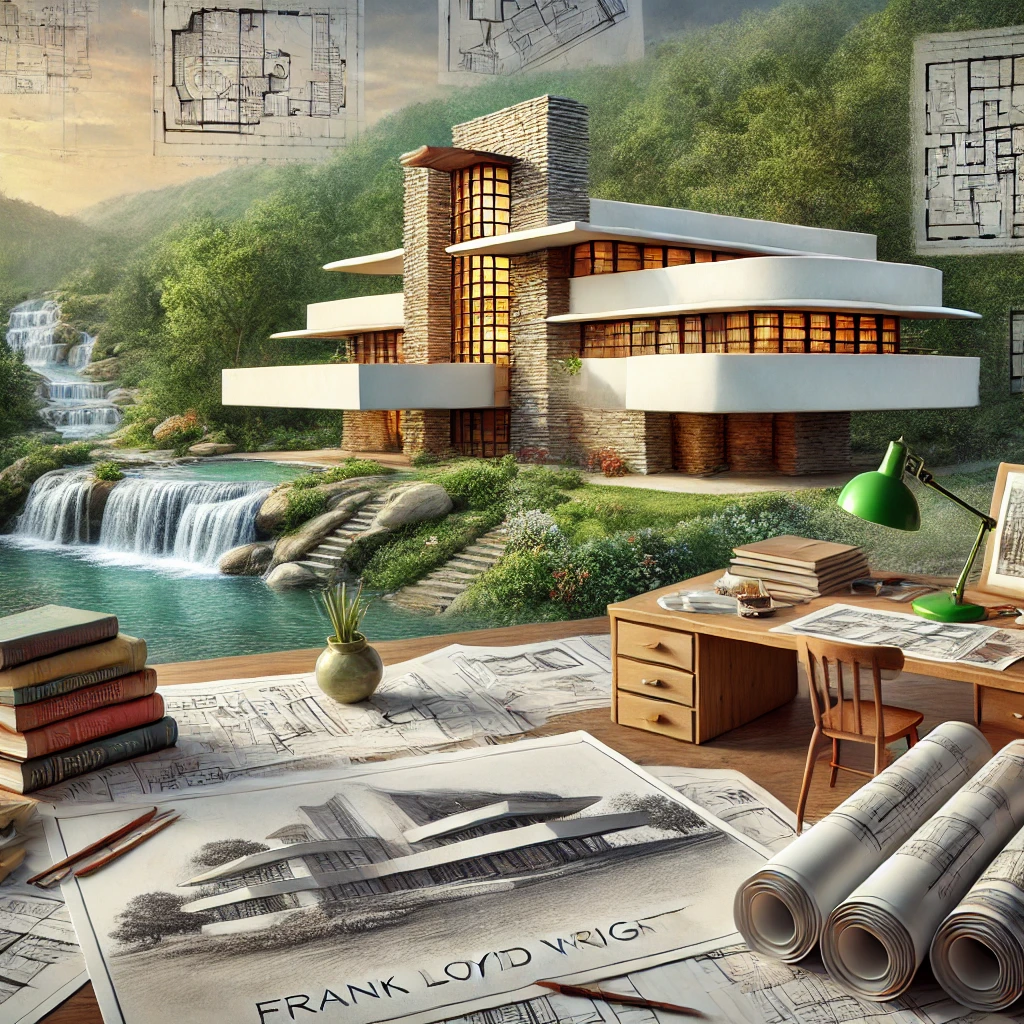Few names resonate as powerfully in the world of architecture as Le Corbusier. A pioneer of the modernist movement, his ideas, buildings, and theories have left a profound legacy that continues to influence architects and urban planners across the globe. Best known for his innovative approach to design, city planning, and his concept of a “machine for living”, Le Corbusier brought clarity, structure, and rationality to the chaos of urban expansion in the 20th century.
Born Charles-Édouard Jeanneret-Gris on 6th October 1887 in La Chaux-de-Fonds, Switzerland, Le Corbusier was not only an architect but also a painter, urban planner, writer, and designer. His multifaceted career spanned over five decades, during which he redefined how we think about buildings and the spaces between them.

Early Life and Education: Foundations of a Mastermind
Le Corbusier designed his first building at the tender age of nineteen in collaboration with a local architect. This early exposure to practical construction laid the foundation for his lifelong passion for design and innovation.
In 1908, he moved to Paris, where he studied under the celebrated French architect Auguste Perret, one of the early pioneers in the use of reinforced concrete. It was here that he developed an appreciation for classical forms and the emerging potentials of modern building materials.
Le Corbusier’s education continued in Berlin, where he worked in the studio of Peter Behrens, a leading figure of German modernism and one-time mentor to both Walter Gropius and Ludwig Mies van der Rohe. His brief yet influential time here exposed him to industrial aesthetics and large-scale design thinking, both of which would feature heavily in his later work.
Returning to Switzerland in 1912, Le Corbusier began teaching at L’Éplattenier’s Industrial Art School. He also collaborated with Josef Hoffmann, one of the founders of the Vienna Secession movement, further broadening his creative influences.
By 1917, he made a permanent move to Paris, where he adopted the name “Le Corbusier”, a derivative of his maternal grandfather’s name, as a symbol of reinvention and to distinguish his architectural identity.
A Turning Point: Loss and Partnership
In 1918, a tragic accident left Le Corbusier blind in one eye. Though physically limiting, this life-altering event seemed to sharpen his inner vision. It was during this period that he began developing a personal design philosophy that combined structure with spirit, functionality with beauty.
In 1922, he entered into a formal partnership with his cousin Pierre Jeanneret. Together, they established an architectural studio that would go on to shape some of the most iconic buildings of the 20th century.



